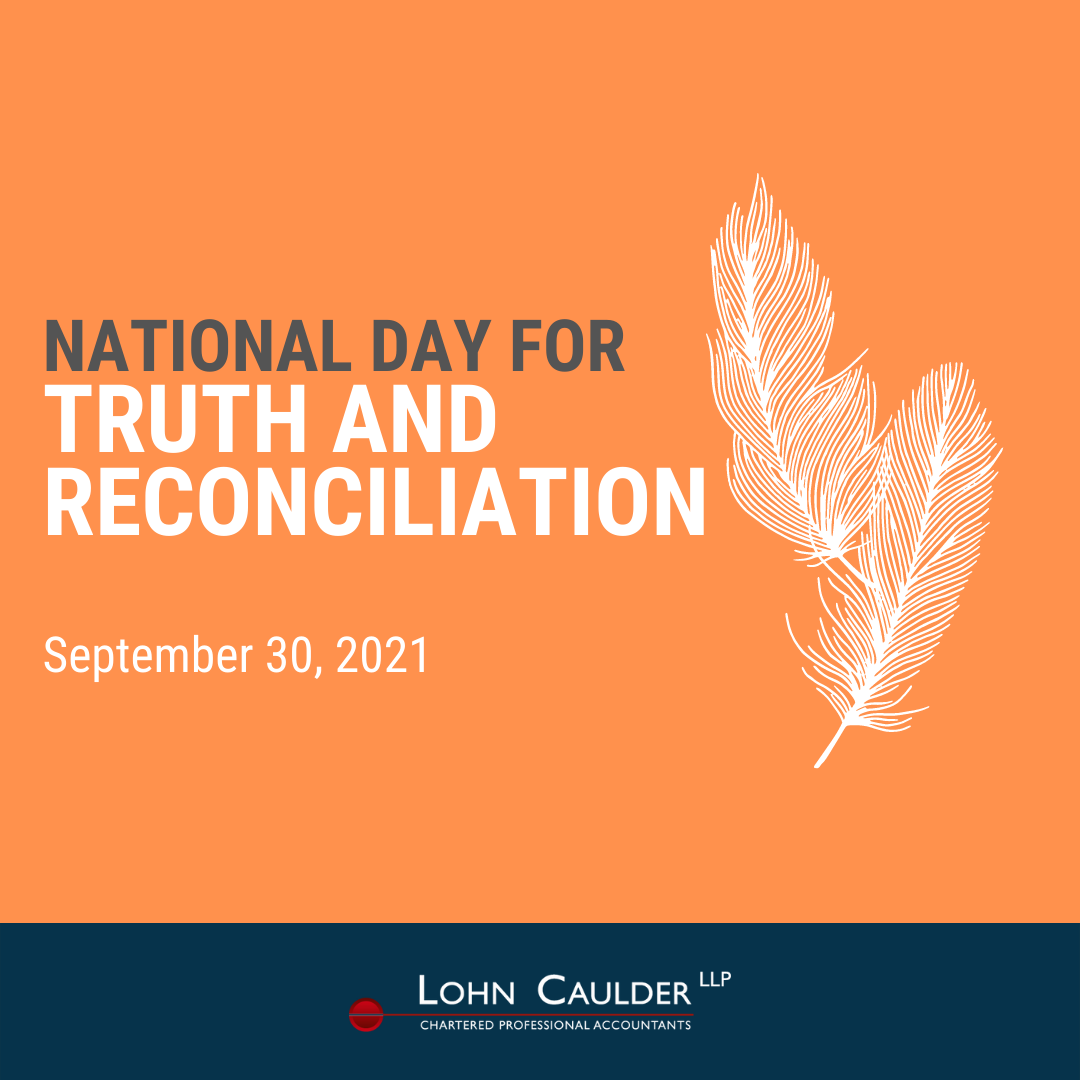In March of 2021, the B.C. provincial government announced the B.C. PST Rebate on Select Machinery and Equipment program (PST rebate program). The temporary rebate program was introduced to help corporations recover from the financial impacts of COVID-19.
The PST rebate program allows you to recover the PST paid on the purchase or lease payments, of machinery and equipment.
The B.C. provincial government recently announced that the PST rebate period has been extended by six months. The extension allows you to recover the PST paid on select machinery and equipment, purchased between the period of September 17, 2020, to March 31, 2022. The PST rebate program is also available on machinery and equipment that you leased. You can recover the PST paid on lease payments of machinery and equipment, made between the period of September 17, 2020 to March 31, 2022.
The PST rebate program is available to most incorporated businesses, you do not need to be a PST registrant to be eligible for the PST rebate program. Unfortunately, the PST rebate program is not available to unincorporated entities, such as sole proprietors.
The list of goods that qualify as machinery and equipment under the PST rebate program is expansive and includes goods that fall within the commonly used capital cost allowance classes.
Examples of some of the goods that qualify for the PST rebate program include:
- Computer hardware and computer software
- Photocopiers
- Furniture and appliances
- Dental chairs
- Machinery and equipment use to manufacture or produce goods
- Most zero emission vehicles and electric vehicles charging stations
The PST rebate applications must be received by September 30, 2022.
If you are interested in applying for the PST rebate program, Lohn Caulder LLP would be happy to assist. Please contact us if you require assistance in applying for the PST rebate program.
Additional information about the PST rebate program can be found at www.gov.bc.ca




